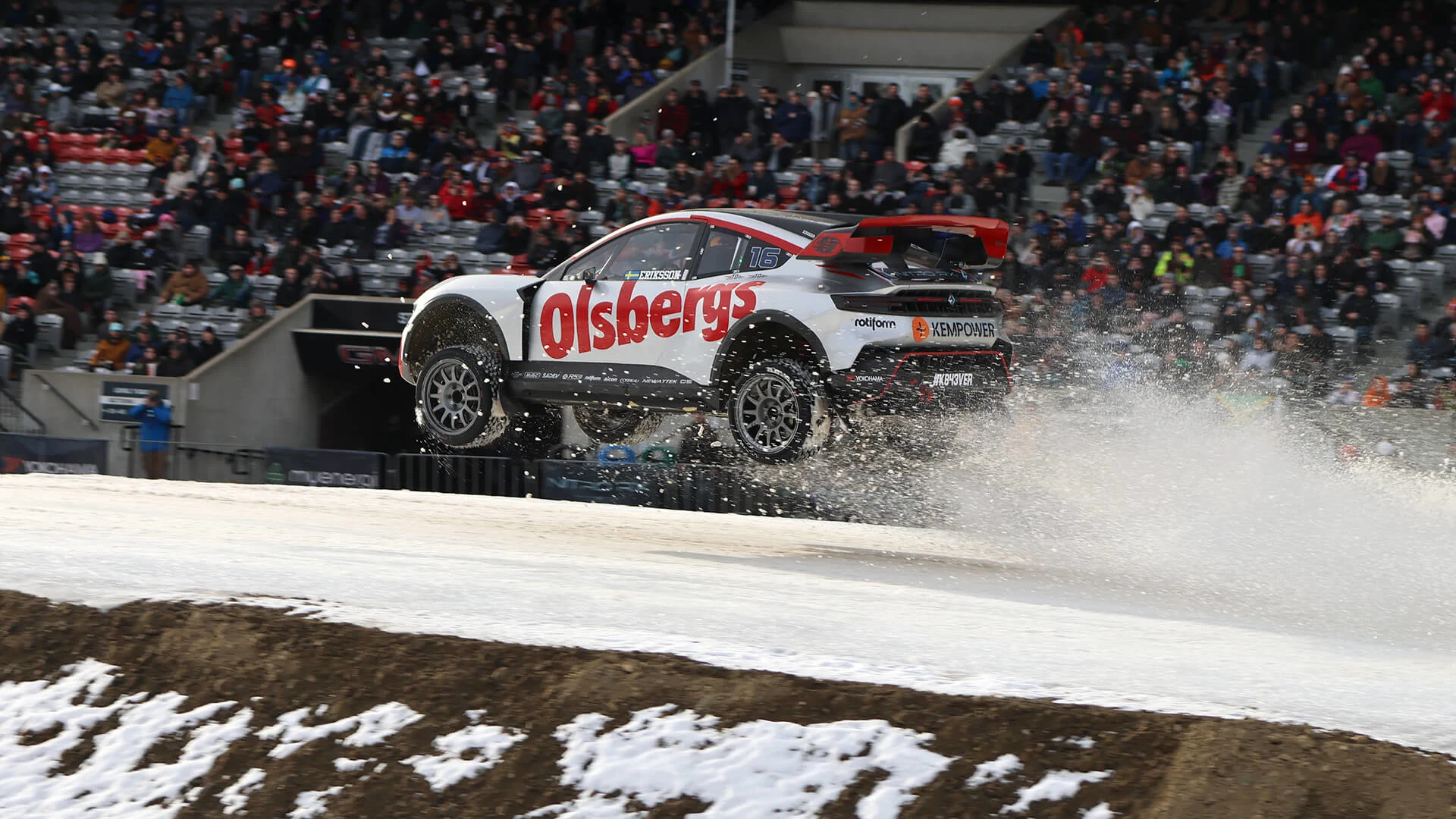
Can EVs hold up in a rally car race? Absolutely, finds Nitro RX
The FC1-X — one of the fastest electric race cars in the world — is getting close to wrapping up its first season as it shows off just what electric vehicles are capable of.
What’s believed to be the fastest rallycross cars in the world were recently in Calgary to show off what they can do: sliding around an ice track at neck-breaking speeds and landing massive jumps with big studded tires.
And they also happen to be fully electric — a conscious decision for the organizers behind the Nitro RallyCross race series.
“We see racing as being a proving ground, and really a stage for people to kind of see what's next,” general manager Chip Pankow told The Weather Network.
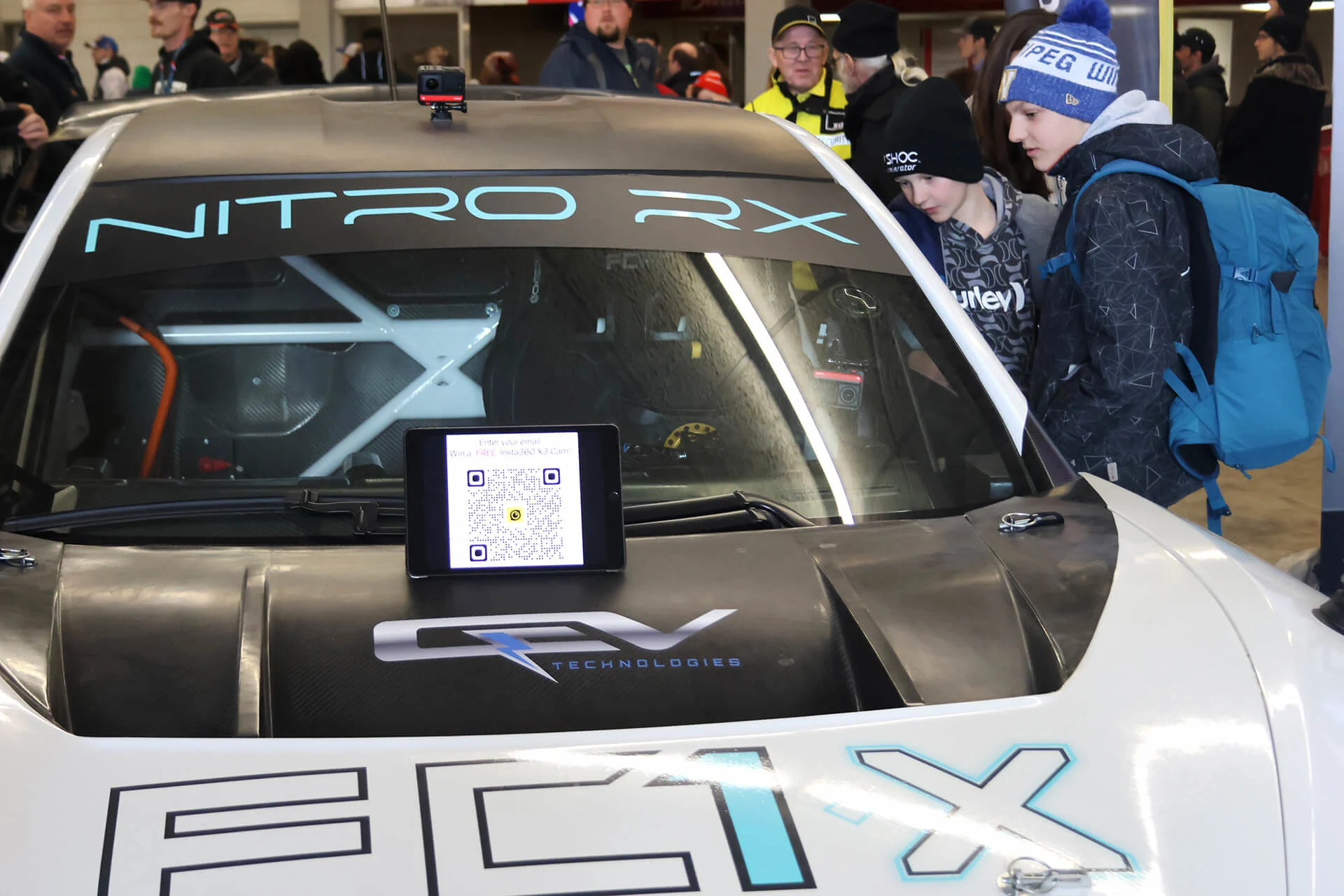
Fans were enthralled as some of the best rallycross drivers in the world race on an ice track in Calgary. (Rachel Maclean/ The Weather Network)
This is the first season for the FC1-X, which took two years to design.
“This vehicle that we were developing needed to be the fastest electric race car in the world,” said Pankow. “And that's what we built: it's 1070 horsepower, it's four motors, and it's faster than any other rallycross vehicle that's ever come before it — gasoline or electric.”

According to organizers, the cars need a slightly different style of driving because the power and torque is so instant — going from 0 to 60 km/h in roughly 1.4 seconds. (Rachel Maclean/ The Weather Network)
Nitro RX is not the only racing organization to go electric, but the 10-round championship series that travels across Europe and North America has a global stage to show off just what the future could hold for not only professional drivers but everyday commuters too.
“We thought to really capture people's attention, and make them sit up in their seat,” said Pankow.

The fastest rallycross vehicle ever designed is amping up car racing fans around the world, and showing others just what electric vehicles can do. (Rachel Maclean/ The Weather Network)
The vehicles were not only engineered for extreme performance, but also extreme weather as races take place everywhere from the Arctic circle to deserts.
“They have excellent cooling systems and the batteries for hot weather. Because when you're taking energy out of a battery so quickly, it heats up quite quickly,” said Pankow.
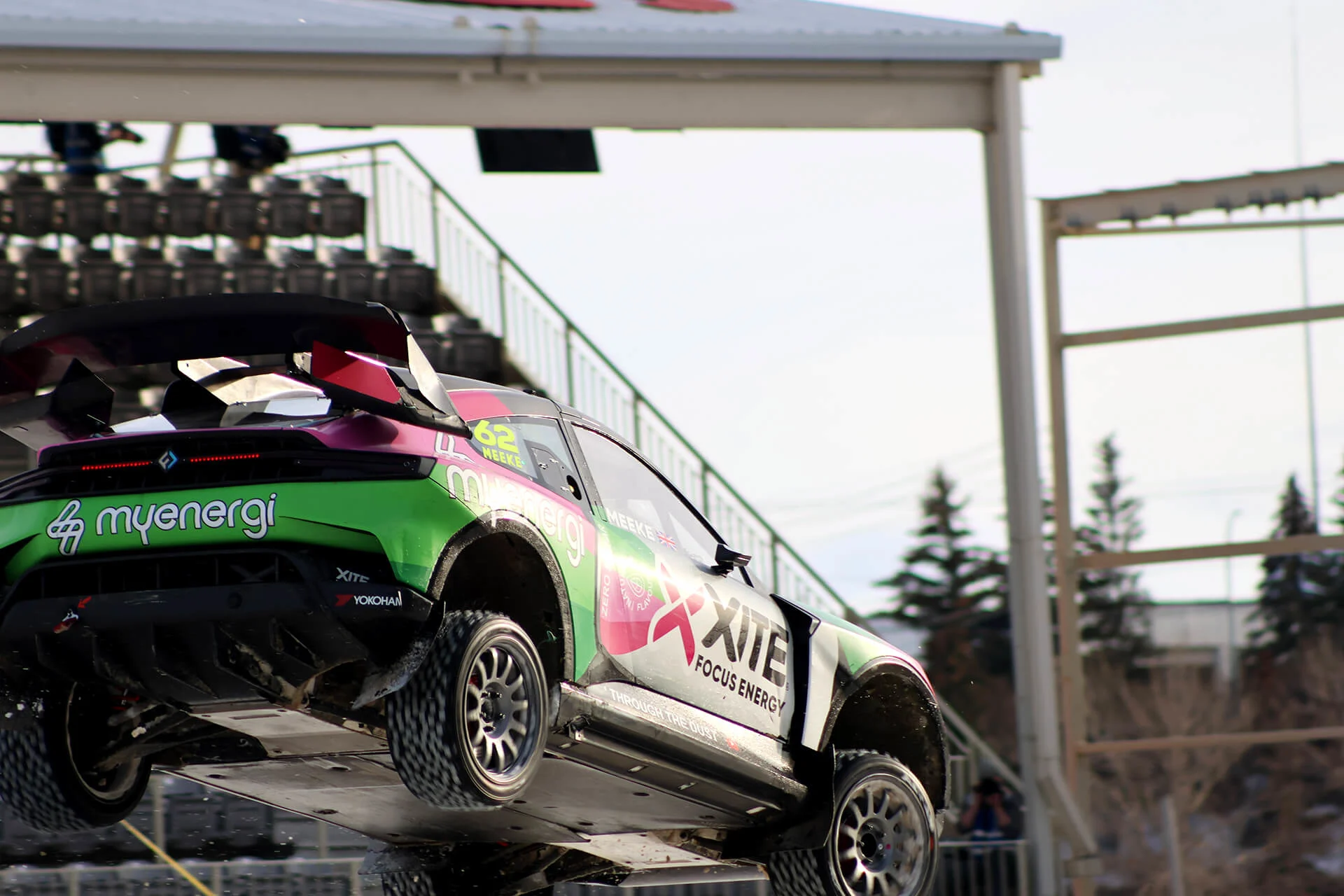
The electric vehicles are not only designed for speed, but also safety since they jump the vehicles even when racing on ice. (Rachel Maclean/ The Weather Network)
And in the cold, the batteries — which get charged between races to be at peak performance — drain a little bit faster, but not in the way they thought.
“What we noticed is the discharge on our first lap is higher than expected. And then it goes right down to normal … or even a little bit better than normal,” said Pankow, adding cold air helps cool down the battery.
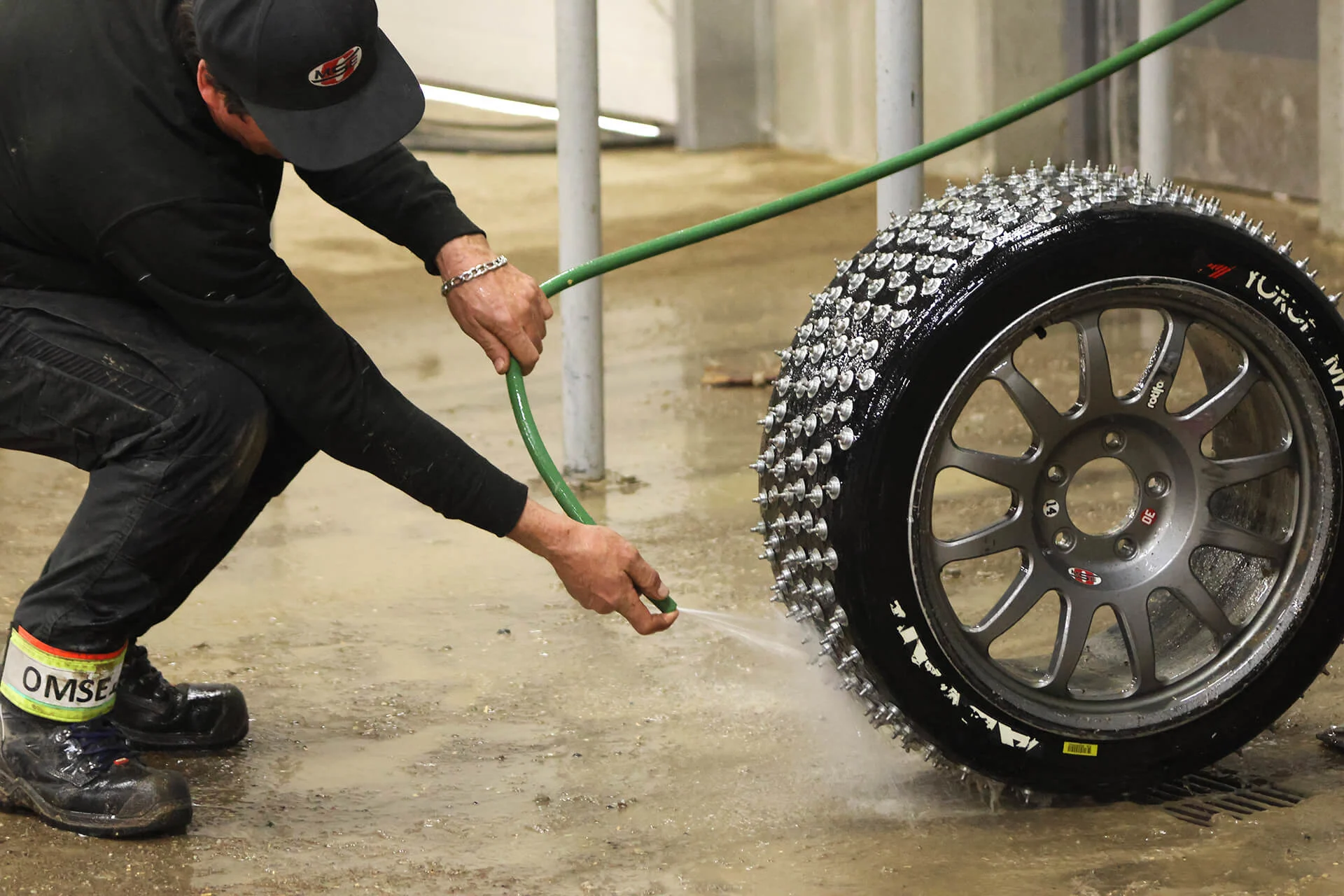
A worker sprays down one of the massive studded tires used for the ice races. (Rachel Maclean/ The Weather Network)
He says the drivers have been “blown away” by the car’s capability. At the beginning they were concerned about the run costs, but have been pleasantly surprised in that regard as well.
“That's been the biggest learning of the year,” said Pankow. “It's a fraction of what the running costs of an internal combustion engine.”
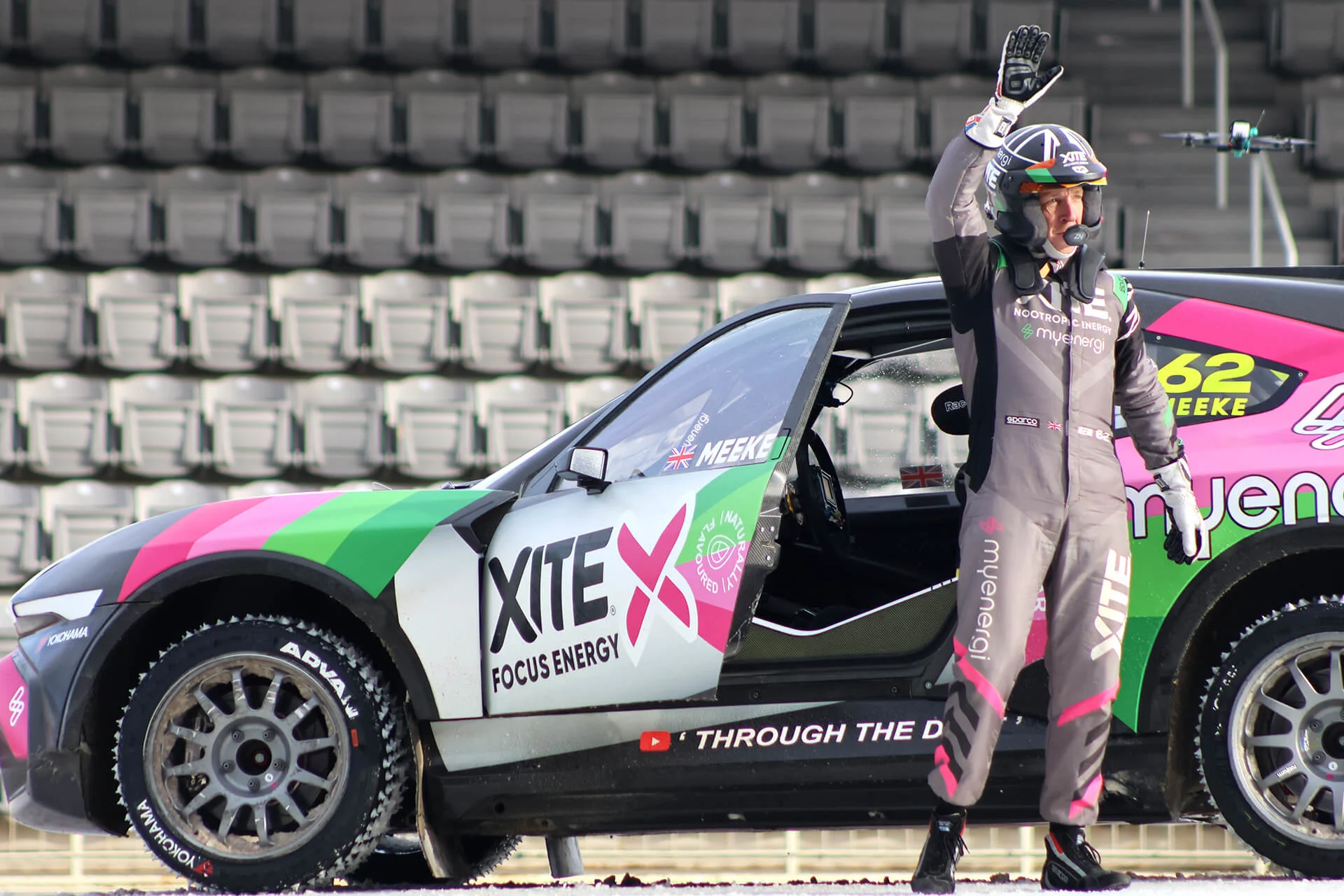
A racer waves to the crowd gathered in Calgary for the ice races on Feb. 5, 2023. (Rachel Maclean/ The Weather Network)
That’s mostly because there are fewer moving parts.
“It was very interesting in Calgary. When you came over into the paddock on Saturday evening … after we finished, maybe 8:30 or 9 o'clock at night, all the electric cars were charged and [the drivers] had all left for the night. The only ones that were working were the [NRX Next] development class, or the internal combustion cars," said Pankow.
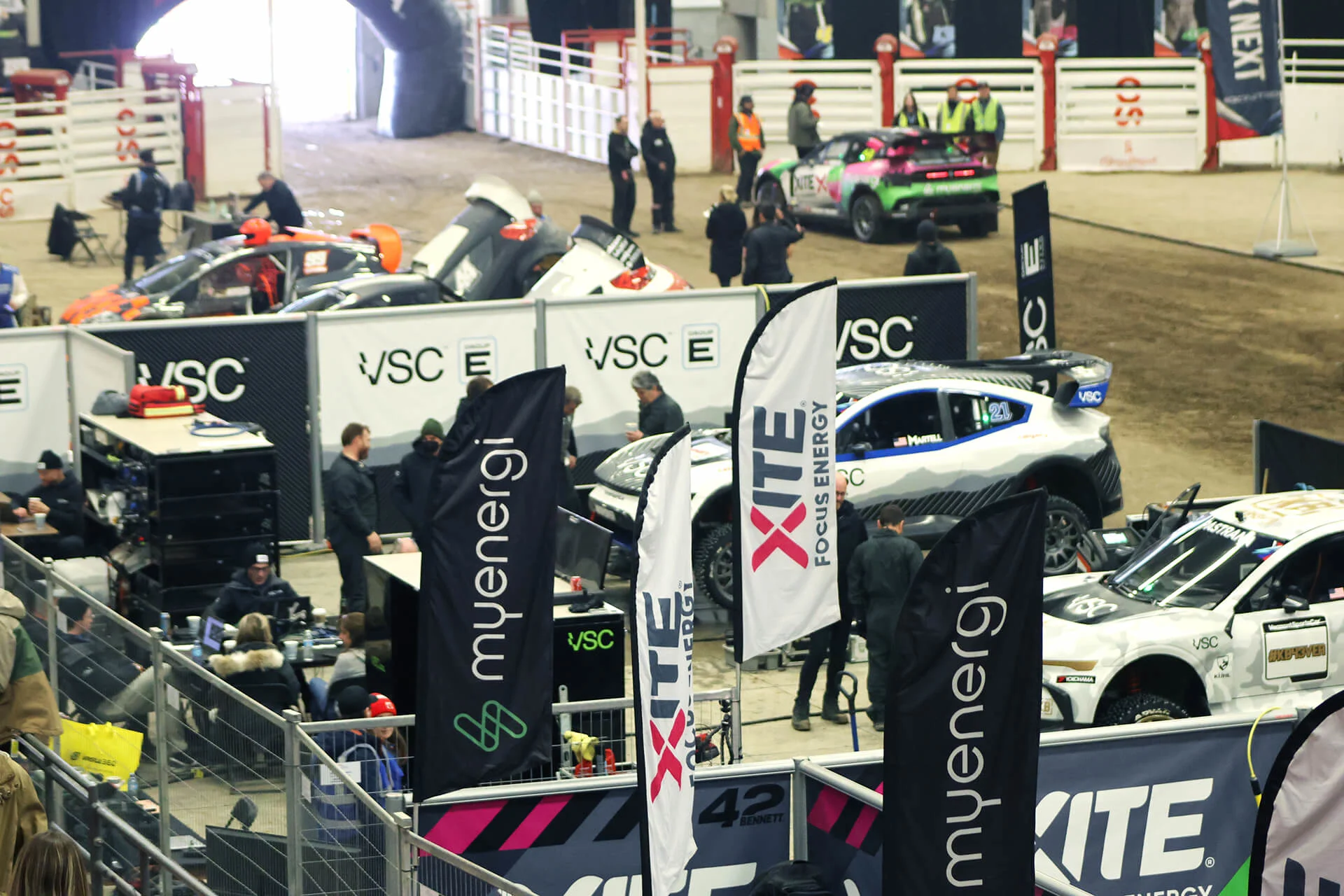
Car rally teams work on both the electric race cars and gas-powered ones for the development racing series NRX NEXT in the paddock set up on the Calgary Stampede Grounds, which typically holds a whole lot of horses during the annual 10-day festival held in July. (Rachel Maclean/ The Weather Network)
They also create zero emissions when running. And it’s not only less pollution but less noise pollution too. That’s one thing Pankow says the fans have had to get used to.
“It's quieter,” he said. “We kind of have a music track that we play to get people amped up.”

Travis Pastrana poses with fans after the final held in Calgary. (Rachel Maclean/ The Weather Network)
But he says the real excitement in the change from ICE vehicles comes for fans when they discover just how fast the cars are.
It’s something those in attendance at the next doubleheader for the racing series coming up at Glen Helen in California in March will get to experience as they wrap up this season’s championship.
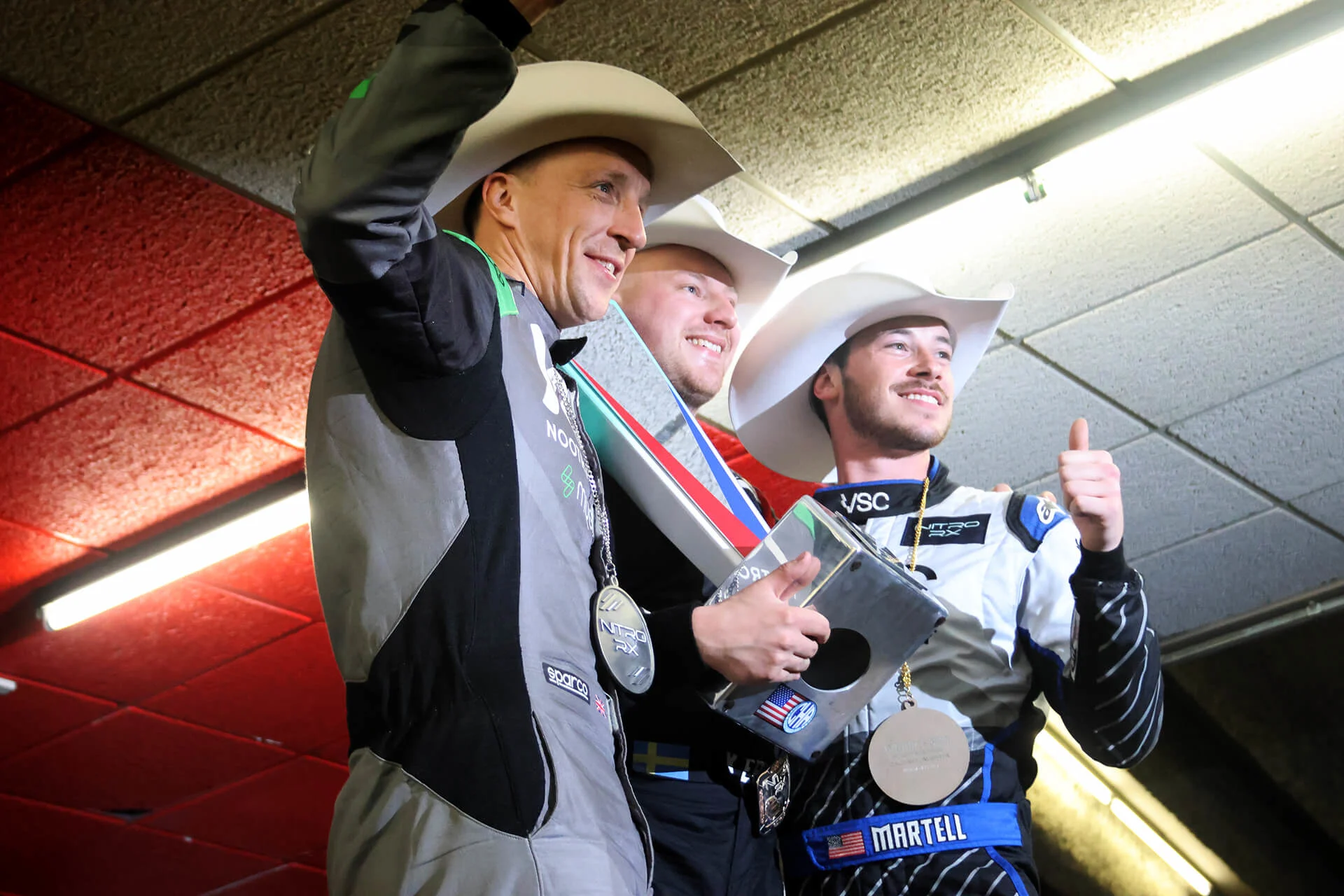
Winners pose for the cameras following the Super Final in Calgary. (Rachel Maclean/ The Weather Network)
Thumbnail image: Nitro RallyCross wanted to be among early adopters to help accelerate the change towards an electric future. (Rachel Maclean/ The Weather Network)












